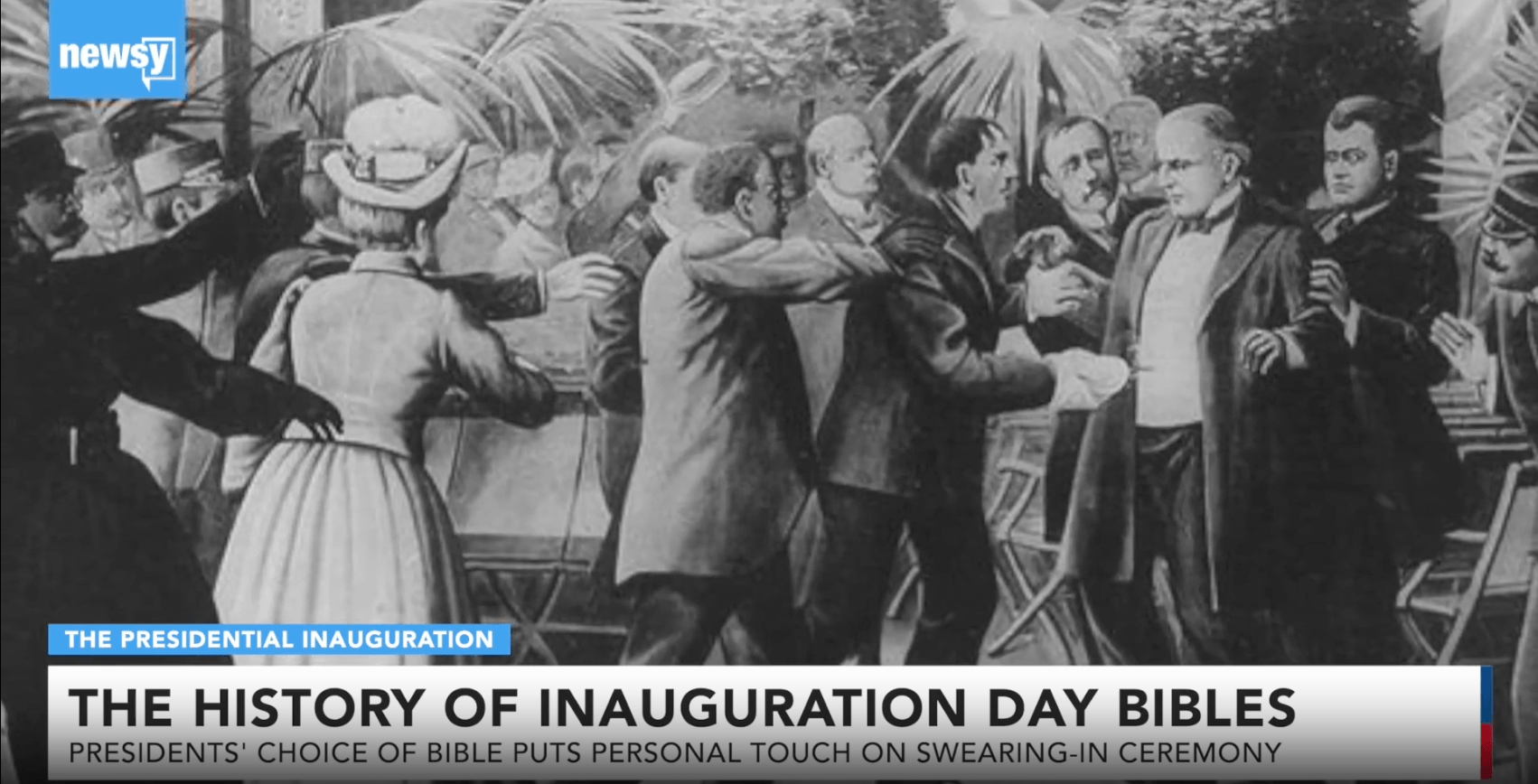Learning styles are viewed in a positive light by many people. You may agree that, at worst, learning styles are harmless and at best they improve learning. What damage could the theory of learning styles possibly cause?
If everyone understood how to apply learning styles theory, the answer would be “Very little. In fact, they can do a lot of good.”
Unfortunately, people’s beliefs surrounding learning styles aren’t always accurate. Up to 90% of people believe that learners perform better when taught in their predominant learning style. Yet, the idea that visual learners should only have visually-focused lessons, or that audio lessons require audio-based lessons, is largely a myth. This rigid take on learning styles doesn’t take into account details like course content, the diversity of student needs, and more.
So, what problems does this belief create?
Learning Styles: Disadvantages for Teachers and Students?
Why do learning styles matter at all? Inaccurate beliefs about learning styles result in three main harmful outcomes. Specifically, when educators and students misunderstand learning styles they may:
Discourage Students and Undermine a Growth Mindset
Let’s imagine a scenario in which you believed you were a hands-on or kinesthetic learner. When you take an online course that mostly consists of video lectures, forum discussions, and video calls, you feel like you’re set up to fail. There are no hands-on projects or kinesthetic aspects included in the course, so you’re sure you won’t do very well. With this attitude, you probably won’t perform as well in the course as you would if you had a more positive outlook. Why?
A poor understanding of learning styles may promote a fixed mindset. People with this mindset believe that their abilities and intelligence are fixed. Concerning learning styles, students may believe that they have no control over their learning. This contradicts the truth, which is that learning outcomes are related more closely to a learner’s effort and the strategies they use. Furthermore, students may also enjoy a variety of learning styles and their preferred styles may even change over time.
Divert Attention from Evidence-Based Practices
Another problem with using learning styles for kids and adults in education is that teachers may falsely believe they need to tailor every lesson to each student’s preferences. This diverts the focus away from more effective evidence-based practices. Evidence shows that matching students’ learning styles won’t improve outcomes, so teachers may spend hours trying to accommodate students when this isn’t necessary. Teachers should spend their time focusing on more evidence-based approaches to meeting diverse needs in the classroom. For example, teachers might simply use a variety of learning styles and activities with all learners. This multimedia or multimodal approach is proven to boost student performance. Teachers can also use educational videos, space out learning, provide practice tests, work in small groups, differentiate lessons, and more.
Experts such as researcher Shaylene Nancekivell, PhD, are also concerned that teachers may teach children ineffective or maladaptive strategies for learning. Many teachers use learning styles quizzes to determine their students’ preferred learning styles. Then, they may encourage students to use learning and study strategies related to that style. However, this won’t necessarily improve academic outcomes.
Drain Money and Resources
Not only do misapplications of learning styles theory have the potential to create poor attitudes and divert attention from evidence-based alternatives, but they also cost money. Some schools pay for assessment tools to determine the learning styles of students, while others invest in teacher training focused on learning styles. Unfortunately, teacher trainings on the topic often perpetuate learning style myths rather than exploring the evidence and how teachers can use learning styles effectively.
Using a variety of learning styles and activities in the classroom can be a great way to improve connections for learners. However, there’s no reason to try to match each student’s preferred learning style at all times. In fact, this can result in the above negative effects.
Will these insights into learning styles change how you approach education and learning?
Get in touch with us on Facebook, LinkedIn, or Twitter, and let us know!
Rachel Peachey
Rachel is an education industry writer and former Montessori schoolteacher. Originally from Pennsylvania, Rachel lives in Guatemala with her husband and three children.
- #Video in Digital Learning
- #Classroom
- #Educational Videos
- #Video Content Partners
- #Tips for Using Video
- #Boclips for Publishers
- #Issues in Education
- #Educational Videos by Subject Area
- #News and Announcements
- #Events & Holidays
- #Video and Teaching Tools
- #Teaching Methodologies
- #Education Videos
- #Video and Digital Literacy
- #Short Educational Videos
- #Instructional Design
- #Multimodal Learning
- #Video and Student Safety
- #Accessibility in Education
-3.png?width=390&height=223&name=Untitled%20design%20(2)-3.png)


.png?width=1152&height=660&name=Copy%20of%20Untitled%20Design%20(1).png)



